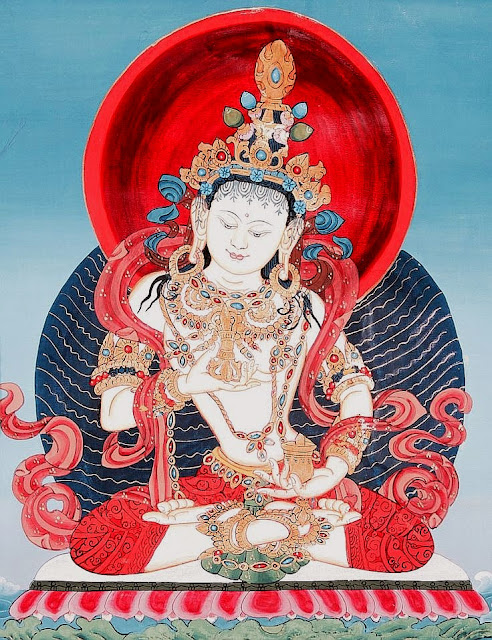Explore when empowerment is truly required across Theravāda, Mahāyāna, and Vajrayāna Buddhist traditions. Understand the essence of empowerment, and learn which practices you can engage in without it.
Is Empowerment Mandatory for All Practitioners?
In the context of Buddhist practice, empowerment is not universally required. If you are following the Theravāda path—focusing on foundational teachings, meditation practices such as Śamatha (calm abiding), or even deepening your understanding through discipline and insight—you do not require any formal empowerment.
Similarly, if you are practicing within the Mahāyāna tradition, engaging in the development of bodhicitta (the mind of enlightenment) and cultivating compassion as taught in texts such as Śāntideva’s Bodhisattvacaryāvatāra, empowerment is also not necessary.Even in preliminary Vajrayāna practices like Ngöndro, especially when reciting the Dorje Sempa (Vajrasattva) purification mantra, empowerment is not strictly required.
However, once you have completed foundational practices and wish to seriously embark on the Vajrayāna path receiving empowerment becomes an essential step—particularly when you begin working with Yidam (meditational deity) practices. In such cases, one or two key empowerments may be sufficient, especially if they are received from a qualified master and carried out with sincere commitment.The Blessings of Receiving Empowerments
Receiving multiple empowerments can indeed be beneficial, but only under the right circumstances. If you receive empowerments from a teacher with whom you have a strong karmic connection and can uphold pure samaya (spiritual commitments), then multiple empowerments may offer greater blessings.
These blessings can help purify karmic obscurations and deepen your spiritual connection with the lineage and its practices.However, it is not advisable to receive empowerments indiscriminately or from just anyone. Empowerments are not simply ceremonial blessings—they establish a sacred bond and carry obligations.
If you cannot maintain your samaya with the teacher or the practice, the spiritual benefits may not only diminish, but negative karmic consequences may also arise.
👉 To be continued in Part 2...
Do you value our work?
If you find our blog helpful, please consider making a donation to support our Buddhist research and development.
You can donate via PayPal here:https://bit.ly/3ywRH2N
Footnote:
Vajrayana offers countless skillful and powerful methods that, when practiced correctly, can significantly accelerate the processes of accumulation and purification. It is crucial to have pure motivation and understand that Vajrayana practice is not intended to increase one's ego, power, or self-interest.
Thank you for reading. May you find peace and great bliss. Your support helps spread the Buddha’s precious teachings and turn the Dharma wheel in the world.
Aspiration for Bodhichitta:
May the precious Bodhichitta, which has not yet arisen, arise and not diminish, but rather increase further and further.
Dedication of Merit:
By this merit, may we swiftly attain omniscience. Having overcome the enemies of wrongdoing, may we liberate all beings from the ocean of existence, with its stormy waves of birth, old age, sickness, and death.
I do not own or infringe any copyright on the picture(s).
Picture(s) courtesy and credit to the rightful
distributors and/or studios
The picture(s) are intended for editorial use only.



















